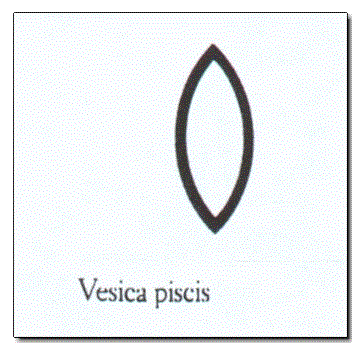Jun. 12, 2002, at 6:43:40 PM
The Ya-Ya Monologues
From http://www.ya-ya.com/bkg.htm --

Rebecca Wells, actress, playwright, and author of two national bestsellers, Divine Secrets of the Ya-Ya Sisterhood and Little Altars Everywhere, was born in Central Louisiana, where her family has resided since 1795. She grew up on a working plantation and attended the school of Southern Ladyhood and Roman Catholicism. An imaginative storyteller and avid reader since childhood, Wells suspected early on that her goals, ambitions, and expectations were much different than those of most traditional southern women. She saw the world as one giant colorful package just waiting to be unwrapped, and was determined to learn and experience as much as she could as quickly as possible.
From http://www.lyricsxp.com/lyrics/l/lady_marmalade_labelle.html
Gitchi Gitchi Ya Ya Da Da
Gitchi Gitchi Ya Ya Here
Mocca chocalata Ya Ya
Creole Lady Marmalade
From http://homepage.mac.com/shibby_snatch/vaginalterms.html ----
The "Y"; ya-ya; yoni; yoni of your owni
From
http://askelm.com/doctrine/d980928.htm
----
The artists idealize the shape of the external genitalia by making what is called an "almond shaped" design that is called in symbolic language a Mandorla (which means "like an almond"). The same shape of genitalia (the Mandorla) was found in the majority of the Sheila-Na-Gigs that were carved on the top of doorways (usually at the pinnacle of a pointed or lancet arch) in the early churches and on some Cathedrals. This symbol of the Mandorla is a very much used in Christian art. Most of us have seen it at one time or another, but most people have not the slightest idea what it signifies. It is a woman's vulva. The illustration below shows how Barbara G. Walker in her excellent book "The Woman’s Encyclopedia of Myths and Secrets" describes this well known symbol called the Mandorla.
|

Vesica piscis
|
Mandorla, "Almond," the pointed-oval sign of the yoni, is used in Oriental art to signify the divine female genital; also called vesica piscis, the Vessel of the Fish. Almonds were holy symbols because of their female, yonic connotations. Almonds had the power of virgin motherhood, as shown by the myth of Nana, who conceived the god Attis with her own almond. The candlestick of the Jews' tabernacle of the Ark was decorated with almonds for their fertility magic (Exodus 25:33-34). Christian art similarly used the mandorla as a frame for figures of God, Jesus, and saints, because the artists forgot what it formerly meant. I. Frazer, G.B., 403
|
You will often see Mary and/or the supposed "Jesus" within a glorified Mandorla symbol. Note the following examples

June 12, 2002 shc759


